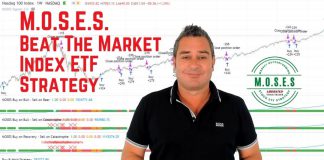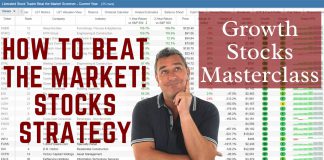To understand Dow Theory is to understand the birthplace of technical analysis. The theories of Dow are explained with six tenets or principles; these principles form the backbone of modern Technical Analysis of stocks.
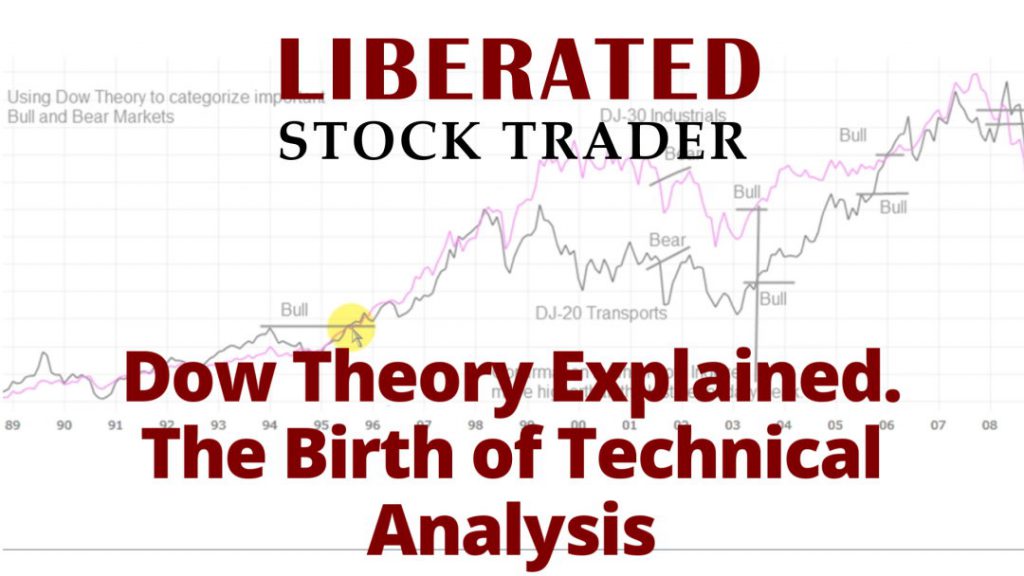
What is Dow Theory?
In 1882 Charles Dow and Edward Jones formed Dow Jones & Company. Out of this company and, more particularly, out of the mind of Dow came the theories that form most of the basis of technical analysis today. In 1884 Charles Dow published the first-ever stock index, the Industrial Average consisting of 11 companies. In 1897 Charles Dow created a Rail Index or what is now known as the Transport Index. In 1928 the Industrial Average grew to 30 stocks, the famous DJ-30.
I learned Dow Theory later in my career and wished I had learned it earlier. It is so powerful and puts market analysis into perspective; he was a gifted thinker.
The theories of Dow boil down to six tenets or principles. The descriptions below are simplified for readability. To read the actual texts of Charles Dow, you will need to get copies of the articles he wrote for the New York Times, as he never wrote a book.
Using a mix of Dow Theory and the right indicators, it is possible to understand the current character of the market. On TV and in newspapers, stock market pundits and supposed “gurus” always look to give you their opinion. But who should you believe.? I think you should form your own opinion.
This article will show you one way to form a hypothesis about the market based on solid Technical Analysis.
Video: Dow Theory Explained
Video From The Liberated Stock Trader Pro Masterclass Course
The 6 Principles Dow Theory.
1. The Market Discounts Everything.
As soon as news is made available to the market, it should discount (or appreciate) the prices accordingly. The market participants discount everything, including past, present, and future expectations. Also built in are emotions, fads, and trends.
2. The Market has 3 Trends
- Primary Move: The major directional move of Dow compared to the tide of the sea. This trend lasts from months to years.
- Secondary Move: He likened it to the waves of the sea, which lasts from weeks to months.
- Minor Move: Which he compared to the ripples on the waves, which lasts from days to weeks. Charles Dow believed that minor trends could be random, but the other two trends are parts of a cyclical trend.
This is a fascinating analogy because it has a huge meaning in understanding the market. The tide is fairly predictable; we know the times of the tide and, more or less, the distance the tide moves in any direction. The waves can vary in size, but they depend on the movement of the tide for direction. The ripples are essentially a chaotic, unpredictable movement that does not affect the overall movement of the ocean.
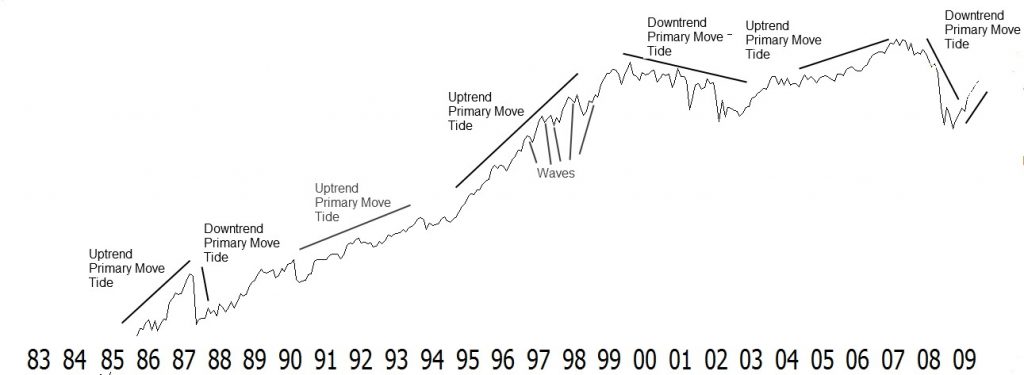
3. The Primary Trend Has 3 Phases
- Phase 1 – Accumulation. The far-sighted investors who have seen a potential recovery
- Phase 2 – Public Participation. Company earnings are proving good, and the general public has started participating.
- Phase 3 – Distribution. Far-sighted investors start to sell as they see Stock Price growth is unsustainable compared to company earnings or economic climate.
The “Accumulation phase” is when the informed buyer or far-sighted investor sees that the opportunity ahead is positive, the business climate is changing, and there is strong value in the market, so they begin to invest. “Public participation” is when the general public sees that the market is going up and looks positive, and the public starts investing. The “Distribution phase” begins while the market is going up. The far-sighted investors begin to see the economic climate worsening, and company fundamentals are weakening, and they sell into the rally.
4. The Averages Must Confirm Each Other
Dow indicated that we could clearly see when a new Bull Market is in place when both the DJ-30 and the DJ-20 prices have risen past a previous secondary peak. This is extremely powerful because he suggests that the comparison of the direction of the industrial companies and the transport companies, which essentially provide the logistics for the large industrial companies, should be moving in the same direction. When one fails to confirm the direction of the other, the economy or the business climate may not be healthy.
The next chart will show you this exact comparison, and as you will see over the long term, the averages move roughly in a synchronized manner; however, when one fails to confirm the other, you can see the consequences. I have marked on the chart below where I believe Dow’s theory would have flagged Bull and Bear markets.
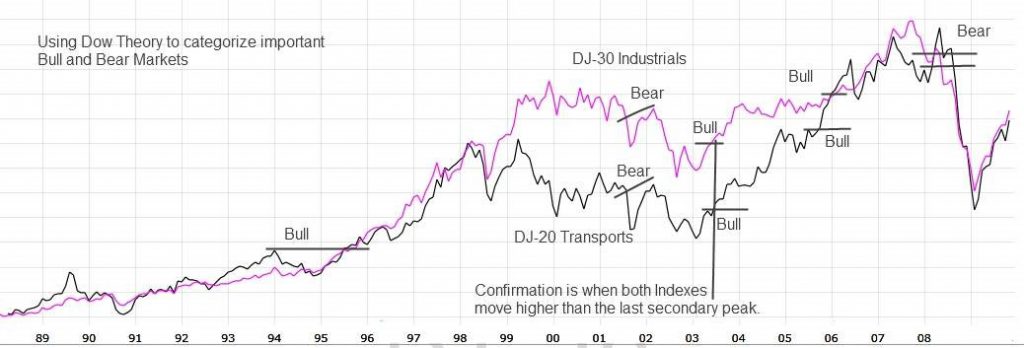
This theory still works on many levels, and we can compare many different markets.
Both must be in sync using the Dow Jones Industrial Average and the Dow Jones Transports to have a definite trend. When both indices move down, this is the start of a bear market, for example.
5. Market Action: Volume Must Confirm the Trend
Dow states that volume should go with the trend, and most Technical Analysts still hold this true. Markets rise on increasing volume and fall on decreasing volume. Any significant drops in volume during a rising market mean that the demand for stocks at the current prices is dropping, and lower demand means prices may decrease to encourage more buyers into the marketplace.
Of course, Dow suggested this is not as important a rule as the previously stated tenets; however, you will see in future chapters a whole area of volume analysis has been developed since Dow’s era that will give you much further insight into the role of volume in markets.
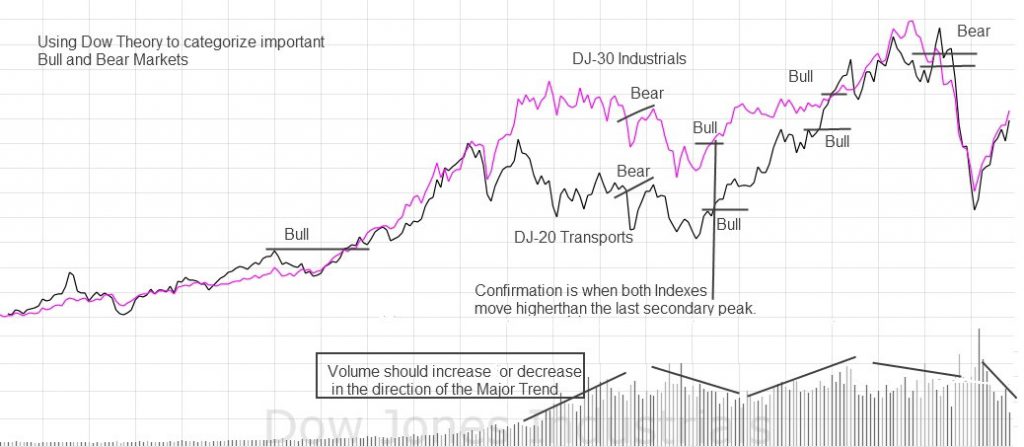
6. A Trend is in Effect Until it Gives Definite Reversal Signals
This essentially means that the direction of the price move exists until it proves that it is moving in the opposite direction. How do we know this? This is where the whole art of Trend-lines and Support and Resistance Lines come in. We will delve deeper into this subject in detail in a later chapter.
Example of Dow Theory In Action.
Volume is important, and a market moving up on increasing volume is healthy. A market moving down on increasing volume is a warning sign. The Chart below (a historical example) shows the 10 major world indexes side by side in a line chart.
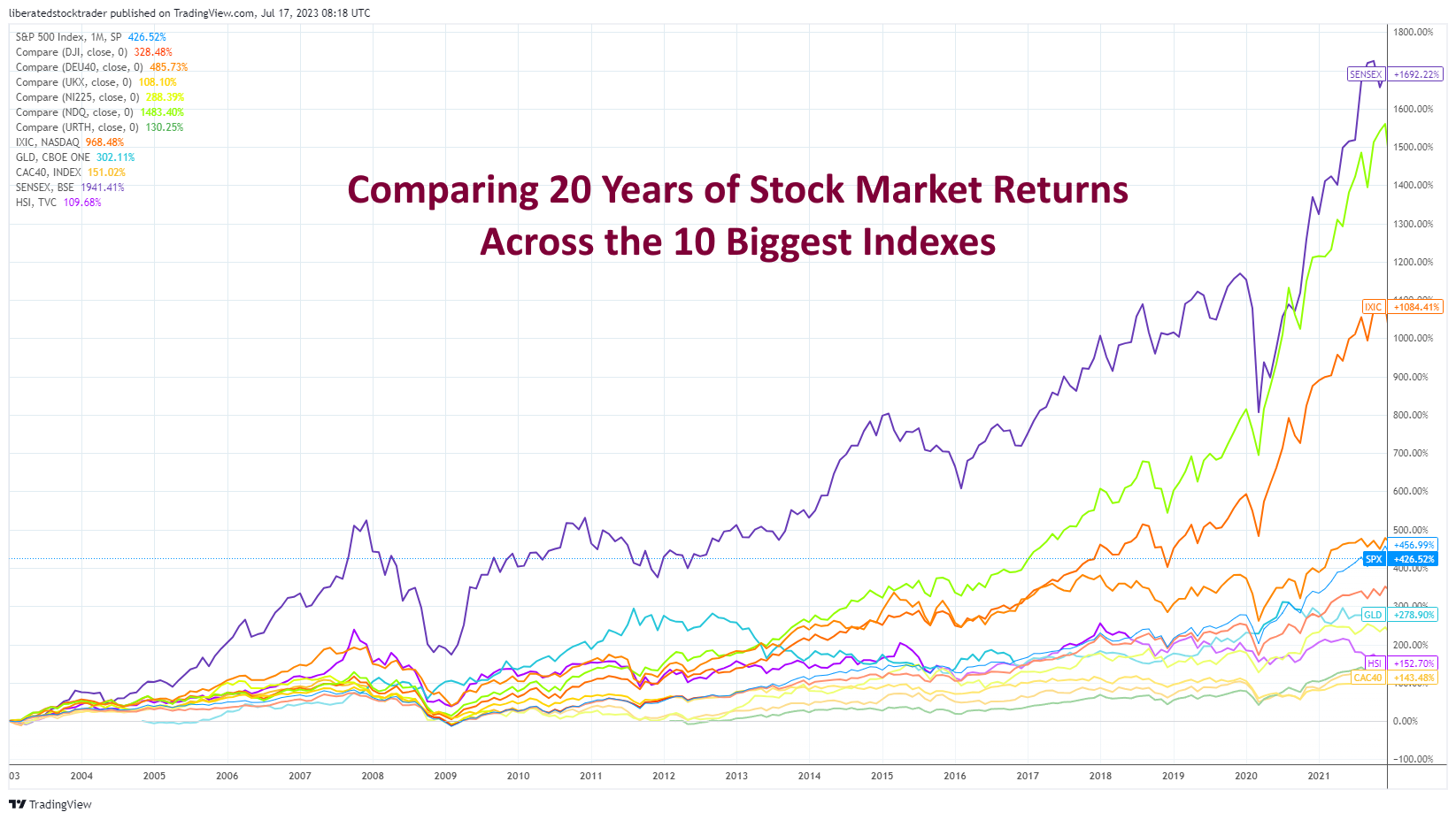
Forming Your Opinion on Market Direction.
Take some time to evaluate the chart, form your opinion, and then read the explanation of what is happening.
Price. In the upper part of the chart, we can see that all three indexes confirmed each other in a downtrend in 2007. From October 2007, the DJ-20 tried to drive a rally, but the S&P 500 and DJ-30 continued to fall. This should have made you suspicious of the rally.
The Transports DJ-20 (Blue Line) then fell the hardest in mid-2008.
The recovery started to take shape in 2009, and we got confirmation of this in November 2009 when all three indices confirmed the move up through the line of resistance.
Volume. Since the market bottom in March 2009, stocks have recovered, but volume has decreased. This trend continued for the next six years as my independent investors refused to re-enter the market after being burned so badly in this crash.
Money Flow. Chaikin Money Flow is a great indicator as it utilizes both price and volume. It has an excellent ability to contradict prices and give early warning signals. Watch this closely. It took a significant hit in the last four weeks but is showing signs of a recovery. This is a warning sign if this continues down when the price is increasing on lower volume.
ADX Average Directional Index. ADX between 20 and Zero suggests that a trend (either up or down) is stalling, and there may be a sideways consolidation or a change in direction. Here we see ADX registering at 28, which signifies a weaker trend; however, it is still an uptrend.
Summary
You have taken the first step to understand how to approach the market and appreciate Dow Theory. These ideas are repeated in more sophisticated methods in the Liberated Stock Trader Pro lessons. But remember Charles Dow and the opposing camps of Technical Analysts versus Fundamentalists. The reality is that Fundamentals have an effect on the Technicals, but also that the Technicals have an effect on the Fundamentals.
See the article on Stock screening to help you find those stocks.





